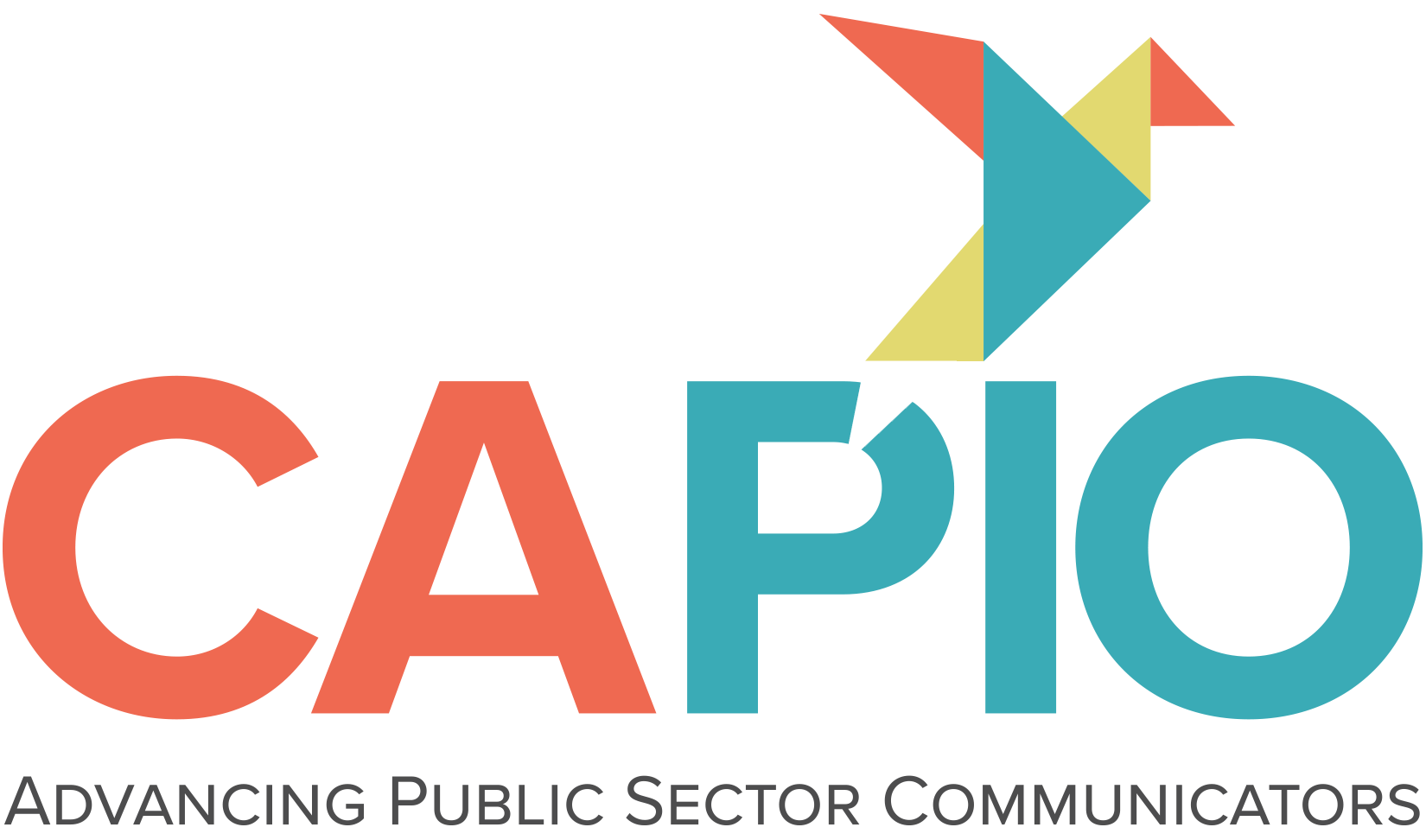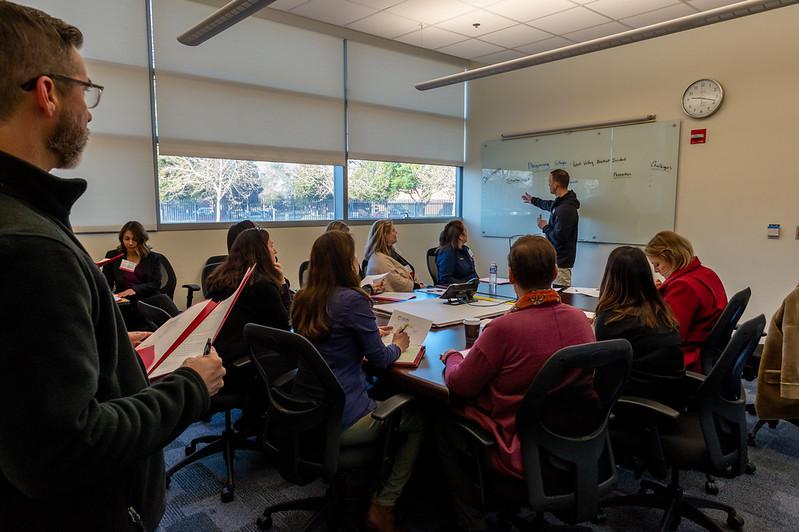Lessons Learned from a Long-Term Crisis
by Sheri Benninghoven, APR and Scott Summerfield, Principals, SAE Communications
CAPIO members were deeply involved in pandemic response and emerged better prepared for whatever may be around the corner, according to the results of a membership survey conducted this summer.
Survey response was strong; 124 members shared their thoughts on a range of issues including optimal internal and external tools, Emergency Operations Center (EOC) and Joint Information Center (JIC) operations, and challenges faced in an ever-changing environment.
While surveys are helpful to identify trends, they aren’t especially useful without specific action steps based on the results. Following are key survey findings and related questions that can help you plan for your next crisis. Note that answers to these questions may involve connecting with several agency departments, such as Finance, Human Resources, IT, and Legal. This research can help clarify the public information role and establish strong relationships that will inevitably benefit you and your staff.
All-staff emails were the most pervasive and most effective internal communications tool in a work-from-home environment, followed by virtual all-staff meetings.
- Are staff encouraged to be brief in email communication?
- Are virtual meetings now subject to your agency’s retention policy and/or the California Public Records Act?
- Has your HR department updated its onboarding process to include home technology stipends or other steps?
Facebook posts, agency websites, and news releases were used most frequently and effectively to communicate with the public, followed by community emails and Twitter posts.
- Are agency staff cross-trained on social media platform use, website content management, and concise news release writing if the PIO staff is overwhelmed with other duties?
- Do you have staff assigned to social media monitoring to head-off misinformation before it widely spreads?
- Have you built a community e-blast list for residents/customers and business operators?
Over 60% of agencies opened an EOC specifically for the pandemic.
- Have you planned for multiple simultaneous crises, such as a concurrent wildfire and public safety power shutoff?
- Do all staff assigned to the EOC understand the JIC’s role?
- Do you have a system in place to communicate with other nearby EOCs, including cities, counties, utilities, school districts, colleges/universities, etc.?
More than half of those EOCs were structured as an onsite/virtual hybrid.
- Is there a designated JIC area in the onsite EOC?
- Are your systems and supplies up to date and easily accessible?
- Do you have tools in place for virtual intra-JIC communication?
Almost 90% of agencies with open EOCs established an emergency public information function.
- Have you advocated for an exercise to test your JIC’s effectiveness?
- Can you coordinate a formal debrief that encompasses all crisis communication during the pandemic?
- Has your agency/department budget been modified to reflect the dramatic increase in crisis communications expectations?
Over 70% of respondents reported to an onsite or virtual JIC.
- During a JIC activation, can you ensure your agency continues adequate non-crisis communication without your usual leadership?
- Were you an integral part of EOC management, and if not, what can you do to solidify your importance to overall crisis response?
- Can you operate a virtual-only JIC if necessary?
More than half of respondents reported a JIC size of three or fewer staff.
- Do you have open purchase orders or contracts in place for on-call JIC staff?
- Can you quickly provide on-call or mutual aid JIC staff with access to agency systems/documents/accounts?
- Are you familiar with all the JIC functions included in Federal and State emergency response systems and how to staff or consolidate them?
Only about half formally named their information function a JIC.
- Does your entire agency staff know the role of the JIC during a crisis?
- Have you provided crisis communications training to staff so they can assist in a JIC?
- Do your local reporters, especially those new to journalism, know how to reach JIC staff 24/7 and what information you can provide?
Over a year later, almost 40% of EOCs were still open.
- How will you staff a JIC for many months?
- Do you have relationships in place with nearby PIOs who can help if you have an agency-specific crisis?
- How do you mesh JIC duties with your ongoing PIO responsibilities?
Full survey results can be found here, including helpful open-ended tips from our members focused on:
- What respondents would have done differently in prioritizing their pandemic communication
- How respondents used innovative communication to stay engaged with the public and staff
- How the pandemic has shaped the way respondents approach public communication
The survey was also be used as an important resource and topic of discussion during the CAPIO Annual Conference session focused on “Creating Your Emergency Public Information Plan and Putting it to Use.”
Conference registrants – don’t forget – you can view past sessions of the conference on the EVENT HUB through January 15. Just log in with your event hub password to view past sessions.
————————————————–
CAPIO and CalOES will be hosting the 2022 Emergency Communications Academy March 29 – 30 in Folsom, CA. Registration will open in January.

